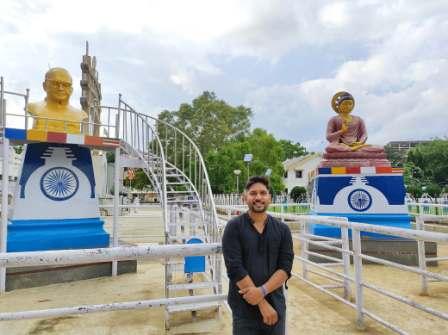Nitin Kalyan
It did not take the 23-year-old Prashant Randive too long to spot the bias and misinformation that infographics and memes flooding social media platforms were spreading.
Prashant, a first-generation learner pursuing his masters degree and going by @Pashwords on Instagram, spends considerable time making infographics to counter misinformation around issues like reservations. He says, “During COVID-19 times, there used to be a lot of memes on doctors, especially if a doctor had done anything wrong or made a mistake. It was said that they were from the reserved category. A lot of misinformation was spreading, and memes that were derogatory to Dalits were popular on social media platforms. I started using Instagram to debunk those memes.”

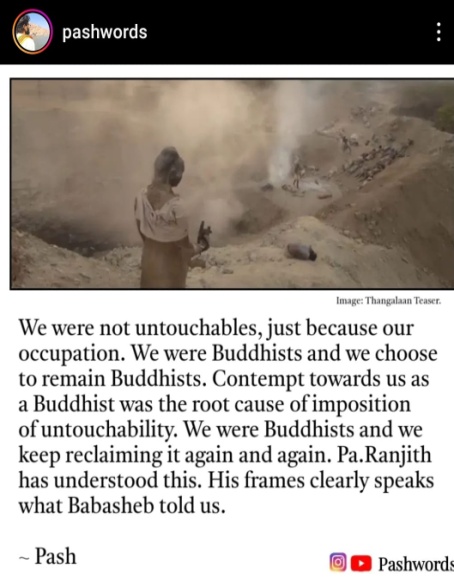
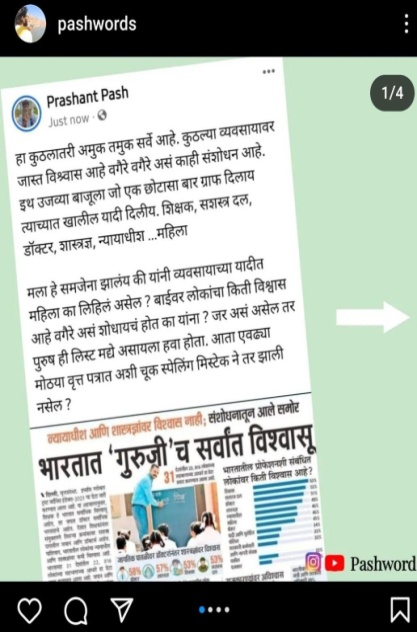
India boasts around 252 million active Instagram users, which is the highest for any country in the world. While it is used for showing the aesthetic lifestyle, individuals from disadvantaged communities are using it for their activism and awareness on Dalit issues. (source: Social Media in India: 2023 Stats and Platform Trends, OOSGA, n.d.)
The use of infographics for activism on Instagram is a new-age form of connective efforts by individuals from disadvantaged communities. Infographics used on Instagram in recent years have seen a significant rise in popularity, especially post-COVID-19 Black Lives Matter movement. It has become a low-resource tool for activism on Instagram. It is highly individualised and can still be coordinated across the state and country borders with thousands of followers.
Ratnasheel [@Ba_Bhima on Instagram], another Dalit activist on Instagram with twenty-three thousand followers says that he often gets messages and calls from Dalits across the country to inform him of the situation in their area regarding caste violence and discrimination. He is constantly in contact with Dalit students in foreign universities, understanding the anti-discrimination activism happening across the globe.
Dr. Niloufar Salehi, assistant professor at the UC Berkeley School of Information and social computing scientist, describes the individualised effort of activism on Instagram as a connective action. Dr. Salehi expounds, “Connective actions are individualised, low resourced online activism.”
These resourceful infographics on Instagram led to the rise of Dalit digital activism. In recent years, many activism pages, such as @Dalitdesk, @Bahujanlivematter, @Bali_Mahabali, etc., have captured the regional diversity of Dalit activism across India. Along with English, their infographics are posted in regional languages as well.
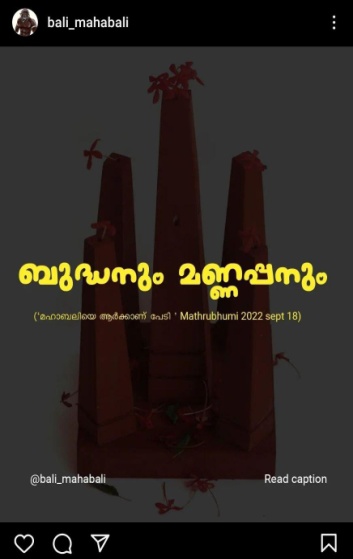
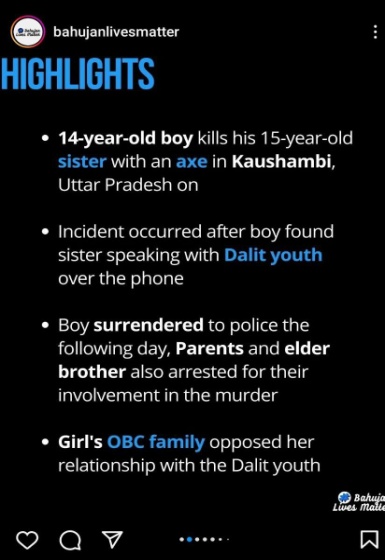
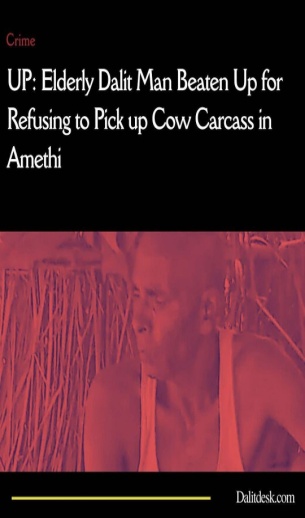

One of the keys to successful activism on Instagram is understanding the platform’s algorithm. To reach a wider audience, the activists maintained a specific theme: Prashant uses the Ashoka Chakra as a watermark for their infographics. They gradually learned to use graphic design tools such as Canva and Pixel Art to create engaging content. Importantly, all the editing and design work was done by the activists. Occasionally, they posted screenshots from Facebook and Google Docs to spread vital information.
On the question of content specifically useful for infographics and content moderation, Ratnashil says that short infographics with a few short sentences are preferred for his followers. For Prashant, posting snippets of Babasaheb Ambedkar’s quotes, inspirational speeches, and their own anti-caste poetry on stories proved to be highly effective.
Both of the activists in the initial days had planned lengthy post articles, but they soon discovered that Instagram’s algorithm favoured stories (an option from different modes of post such as stories as profile status, posts on feeds, reels as a short video format, and live).
Prashant and Ratnashil are both 23 and 29 years old. Both activists said that their followers primarily consist of young individuals, primarily college and school students. Most of their followers are in the age group of 16 to 32 years. “This age range aligns with the broader Dalit activist community on Instagram, many of whom also focus on short video content, such as Instagram Reels, grounded in the principles of Ambedkarism,” said Ratnashil.
While Instagram offers a valuable platform for raising awareness about Dalit rights and fighting discrimination, there are challenges that activists on Instagram face. One such challenge is the need to condense complex topics into short, easily digestible formats. Some issues require in-depth analysis, which can be challenging to convey on a platform that favours brevity.
Another challenge of infographic use pertains to individuals with visual impairments, as their screen readers may struggle to extract texts from the images. Prashant says that he has to reach out to the offline community as soon as possible because a large number of Dalits are still not able to find the resources online.
The use of infographics on Instagram offers a perspective on activism that goes beyond conventional activism, highlighting the emergence of people’s politics through the intricate blending of the individualised efforts of dalit youth low on resources and their aspiration to connect with a wider community.
References
- Darya Kaviani and Niloufar Salehi. 2022. Bridging Action Frames: Instagram Infographics in U.S. Ethnic Movements. Proc. ACM Hum.-Comput. Interact. 6, CSCW1, Article 79 (April 2022), 43 pages. https://doi.org/10. 1145/3512926
- de Kruijf, J. G. (2015). The Dalit I Define: Social Media and Individualized Activism in Subaltern Spheres. Pacific Asia Journal of the Association for Information Systems, 11–24. https://doi.org/10.17705/1pais.07402
- Social Media in India – 2023 Stats & Platform Trends – OOSGA. (n.d.). OOSGA. https://oosga.com/social-media/ind/#:~:text=Social%20Media’s%20User%20Demographics%20in,of%20users%20has%20grown%204.2%20%25.
~~~
Nitin Kalyan is currently pursuing masters in Development from Azim Premji University. His interests lie in Youth Activism, Caste and the Partition, Anti-caste students movement.

